Create a Local Repository on AlmaLinux 9 / RHEL 9

Manually Install Driver Module in Linux

Install build-essential on Ubuntu 22.04

How To Fix Error Group development tools is not available

How To Install Flatpak on Centos 7

Install and Use 7-zip on Rocky Linux 8

Install Security Updates on Debian 11
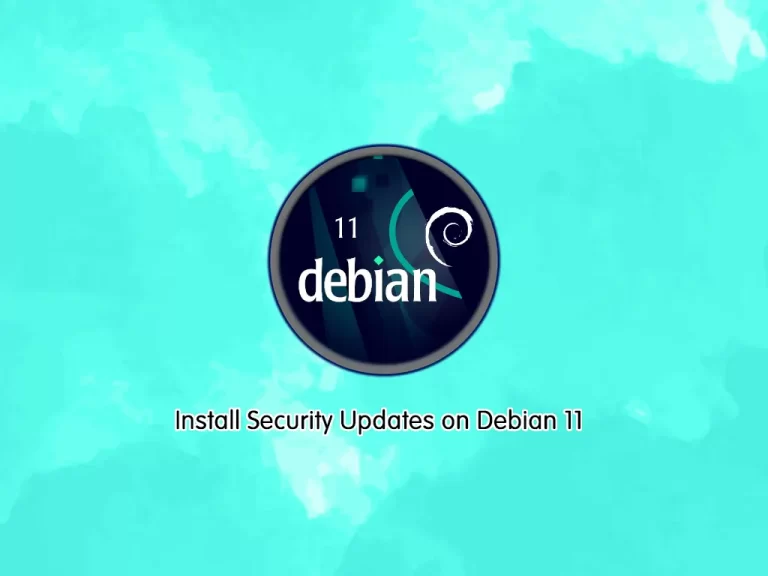
Install and Use Traceroute Command in Linux
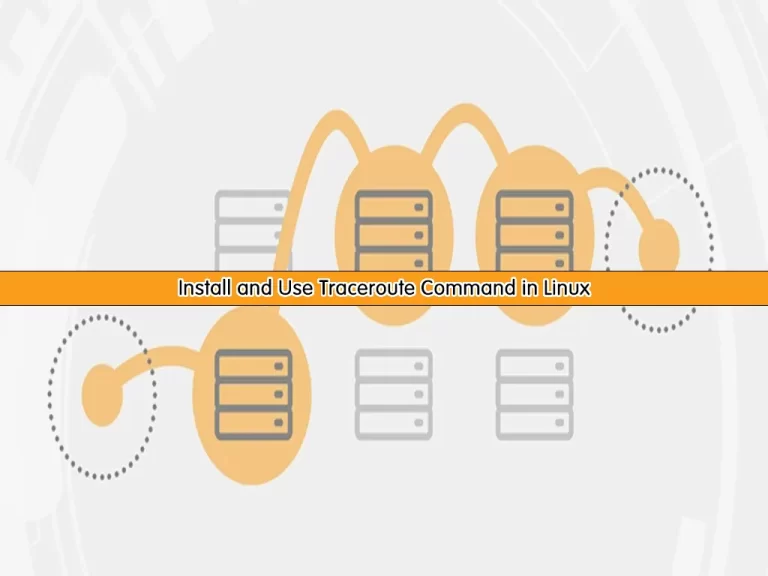
Install and Configure Dnsmasq on Ubuntu 22.04
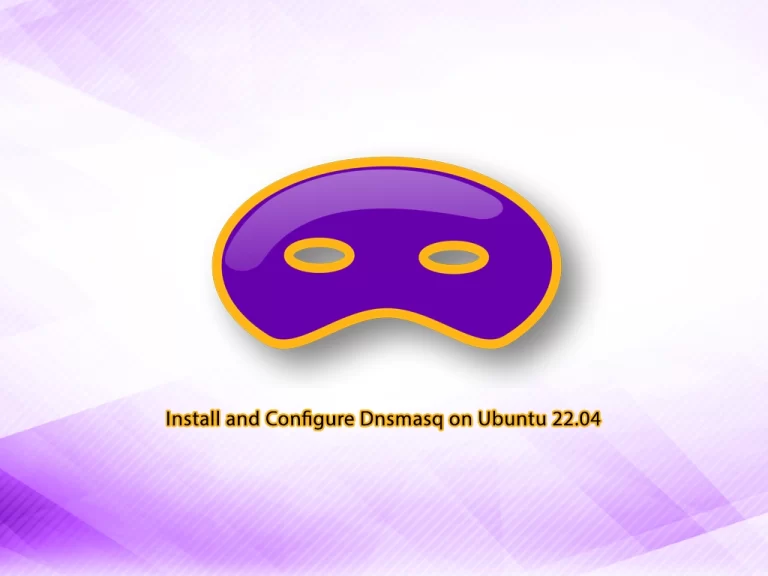
Test Network Throughput with Iperf Tool on Linux
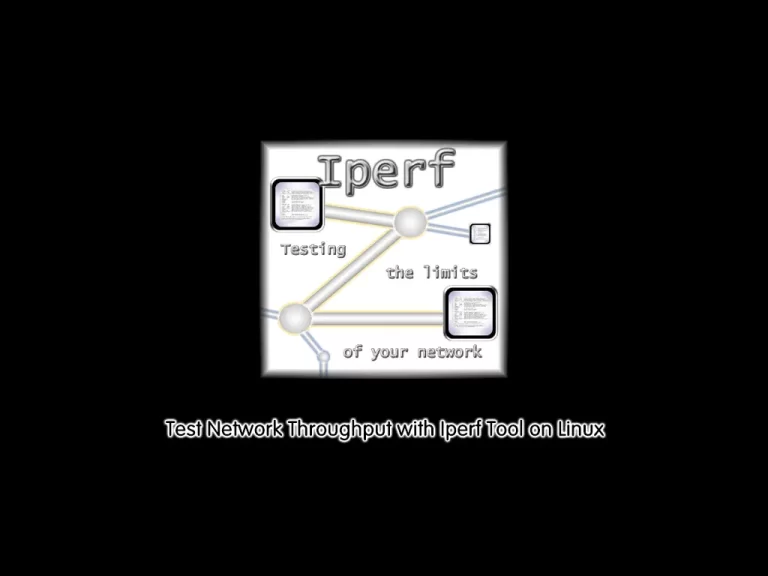
Find MySQL Configuration File Location on Linux
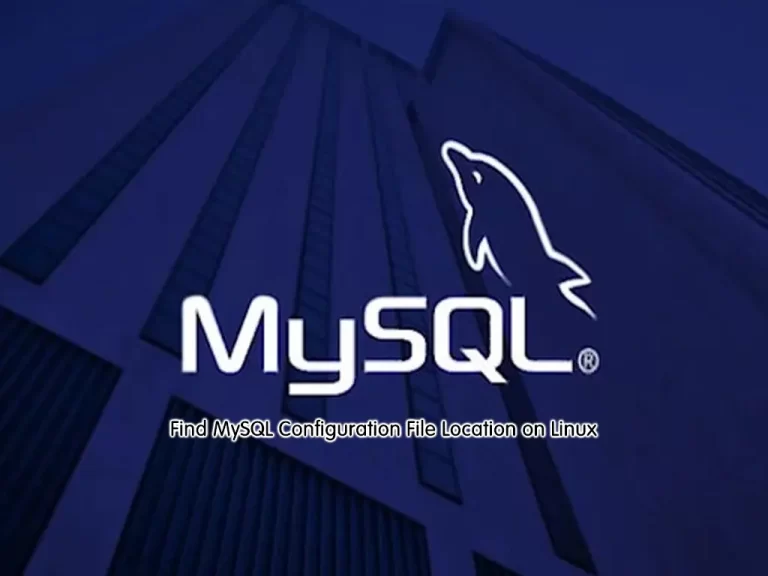
Find php.ini File Location on Linux

Stay informed and not overwhelmed, subscribe now!
